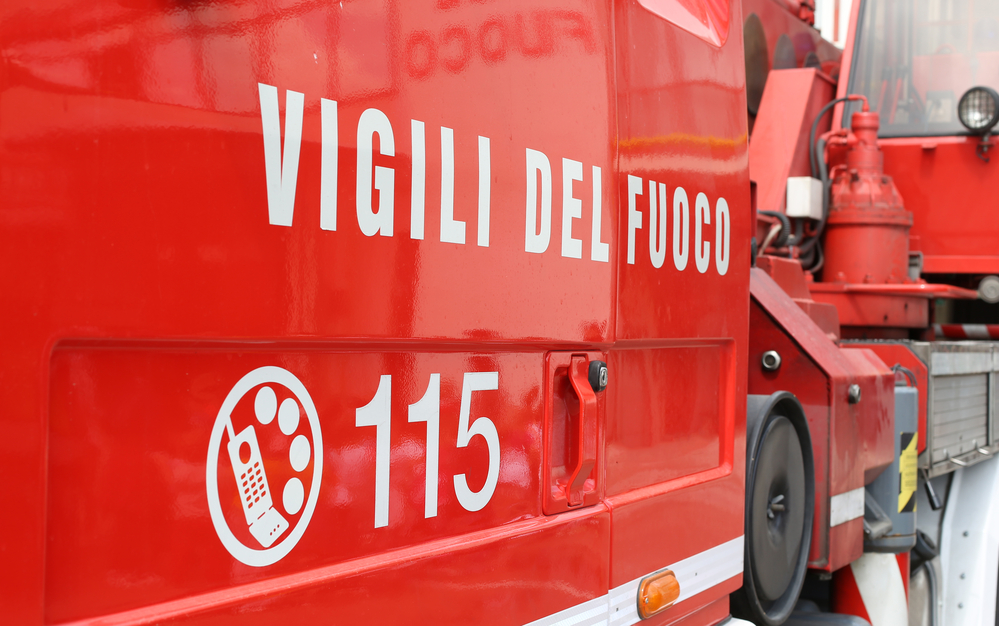As the holidays approach, how can temporarily vacant buildings remain fire safe and secure? Allegion UK outline the best practices
The holiday period is synonymous with festivity, family, food and fun but it’s also a time rife with empty buildings and heightened security concerns. As most of the nation winds down for a stint packed with celebration and enjoyment, schools, workplaces and commercial facilities momentarily shut their doors, but in doing so, invite potential safety and security threats.
Statistics suggest that up to 60 fires begin in or next to empty buildings every day. Idle, unmonitored buildings unfortunately make an easy target for arson attacks, which accounted for 50.5% of all fires attended by Fire and Rescue Services in 2017/18. Each year, buildings are proven vulnerable to these seasonal breaches, and so responsible parties must now take the appropriate measures to ensure they too don’t fall victim.
Why maintenance matters
With ageing entry points a primary target for offenders, the importance of correctly maintained door hardware can’t be understated – especially over the holidays. In winter for example, the drop in temperature can sometimes affect the operation of a door, with the weather causing components to swell or shrink in some cases. A swollen door can damage its closing mechanism, which in turn can lead to jamming – making it more difficult to open or close and more suspectable to break-ins.
On the other hand, a shrunken door can leave unwanted gaps between itself and its hinges which poses risks to security as well as fire safety compliance. In the event of a fire, a shrunken door creates additional complications, with the door’s ability to compartmentalise smoke and fire severely hindered. The gap around a door frame must remain constant at around 3 to 4mm, and with arson being a threat at this time of year, decision makers must ensure their fire doors adhere to this and can therefore be trusted to perform while the building is vacant. Routine maintenance is key here, and responsible parties have an obligation to perform sufficient risk assessments in a bid to address these potential damages and further reduce vulnerabilities.
Upon assessment, responsible parties must recognise the areas of a door and its hardware that need examining. Aside from assuring fire doors are not propped open, attention should immediately turn to the door’s certification, apertures, gaps and seals, closers and operation. When conducting an assessment, a five-step checklist is commonly referred to which can aid responsible parties through the process. However, if maintenance is required it’s important to seek the advice of a professional. For those who remain unsure, manufacturers can provide proficient guidance on topics such as certification and door closer adjustments if required.
To further guarantee the reliability of doors and their hardware, decision makers should also look for the BSI Kitemark Certification which signifies hardware has passed the British Standards Institution test. By definition, door closing devices must conform to Standards EN 1154 and EN 1155 whereas exit devices, must also meet the mandatory EN 1125 and EN 179.
While the holidays have always been a time for winding down, nobody can afford to relax on their building’s fire safety and security standards, especially when vacant. Suitably maintained entry points with certified hardware can be the changing factor in the fight against theft and arson – but only by taking the time to plan and address any potential issues can property managers and owners alike rest easy this Christmas.
Media contact
Rebecca Morpeth Spayne,
Editor, International Fire Buyer
Tel: +44 (0) 1622 823 922
Email: editor@firebuyer.com








